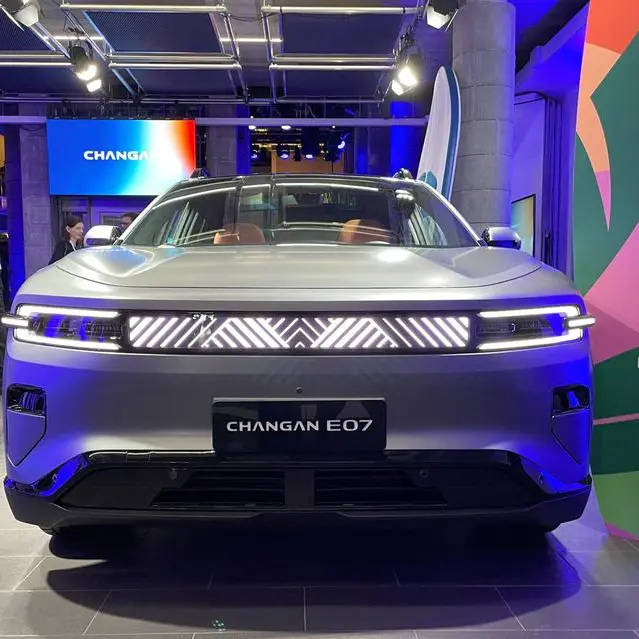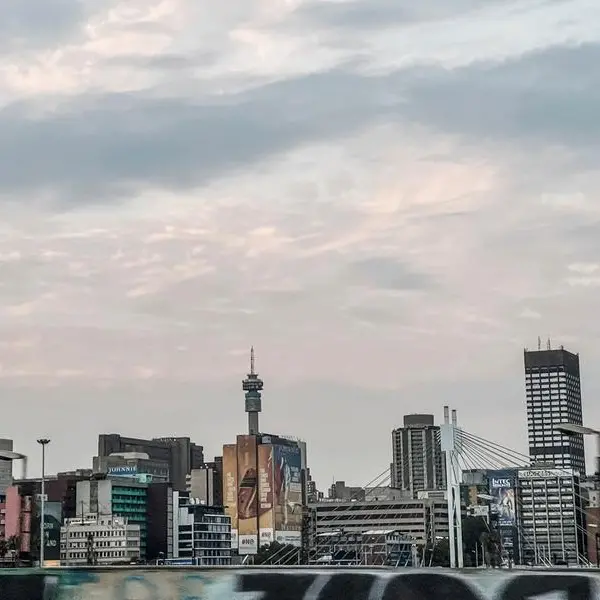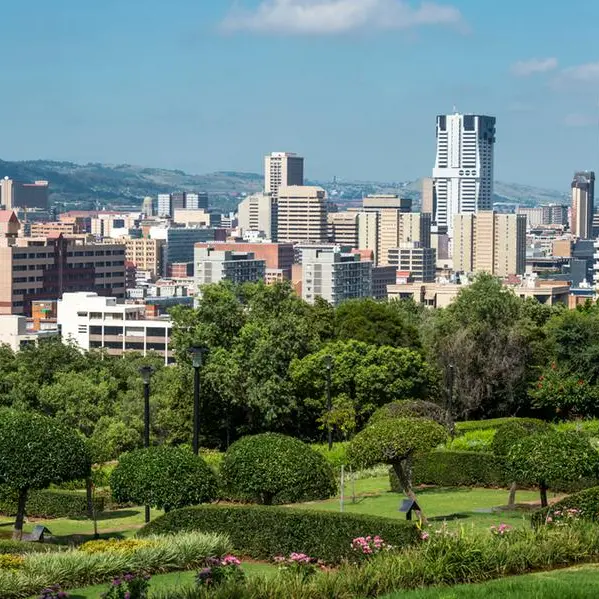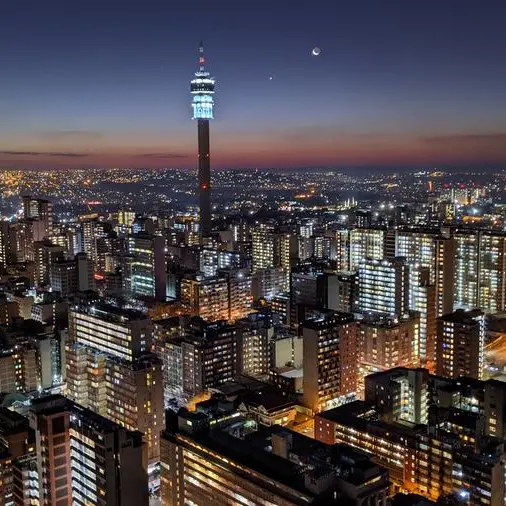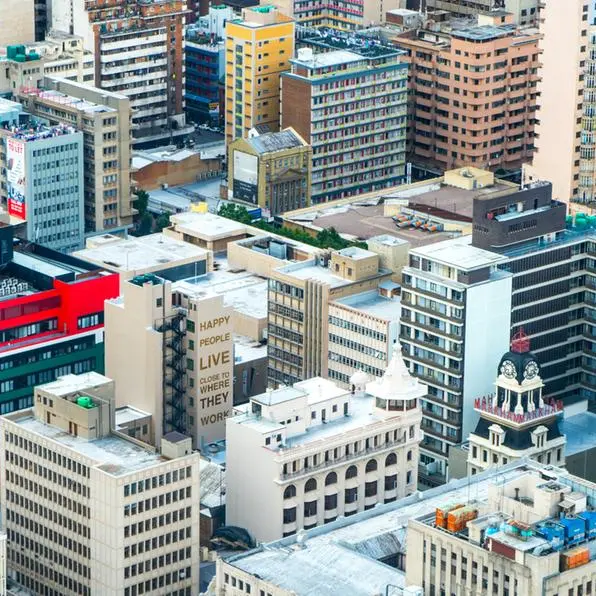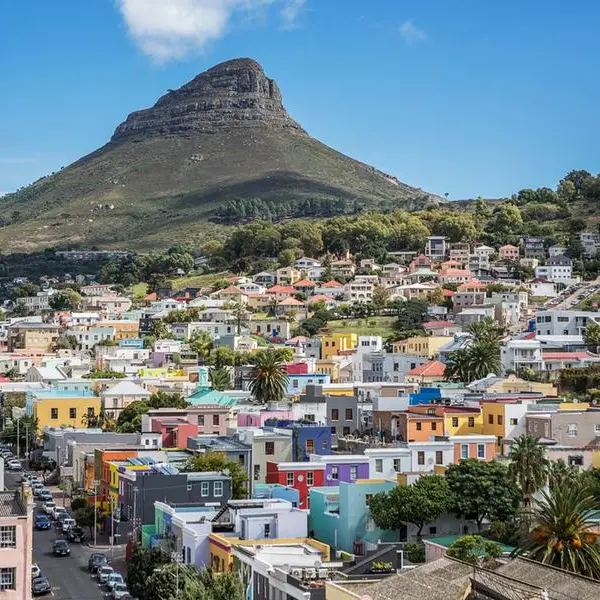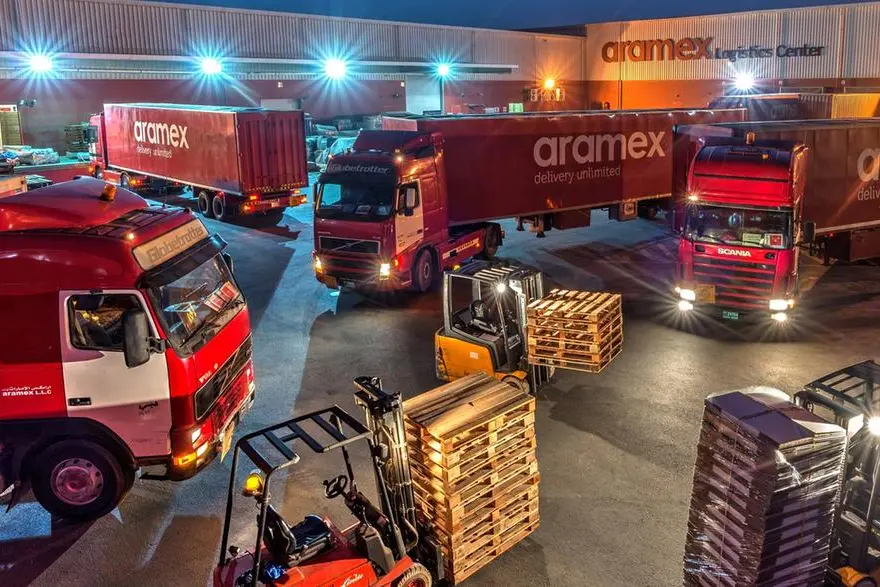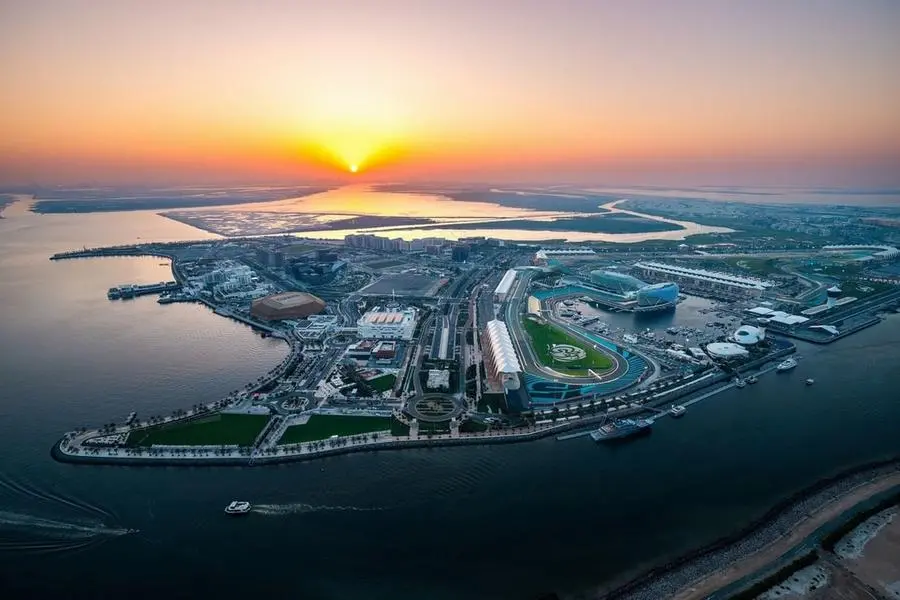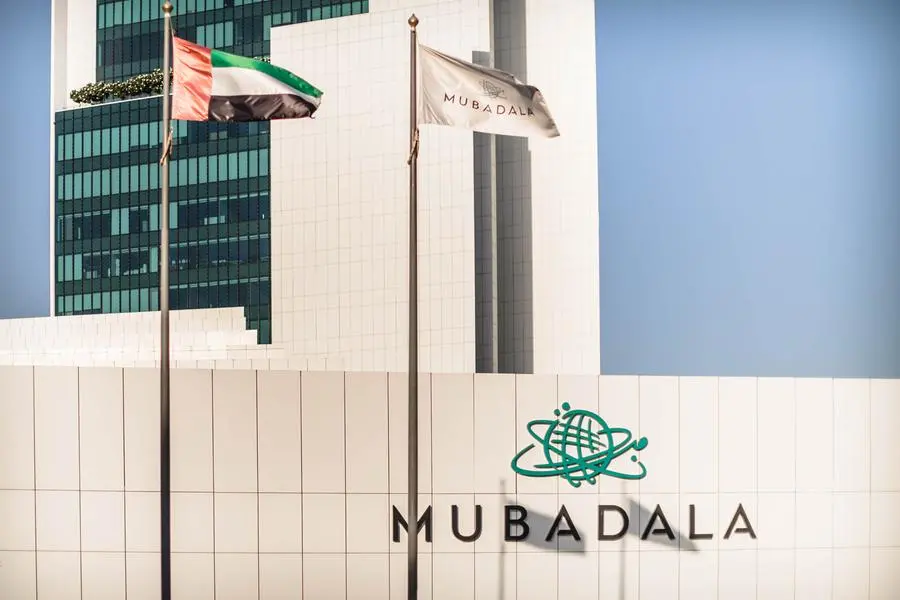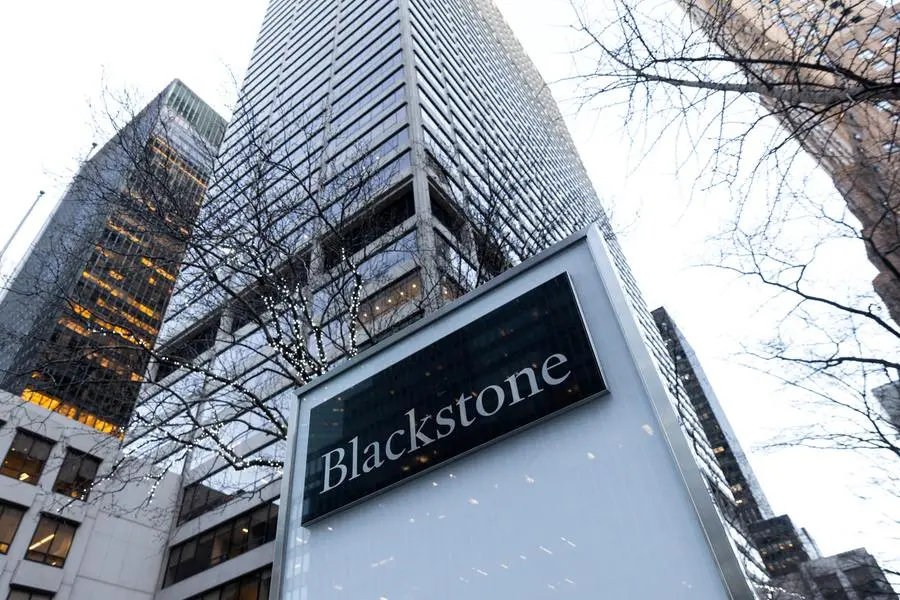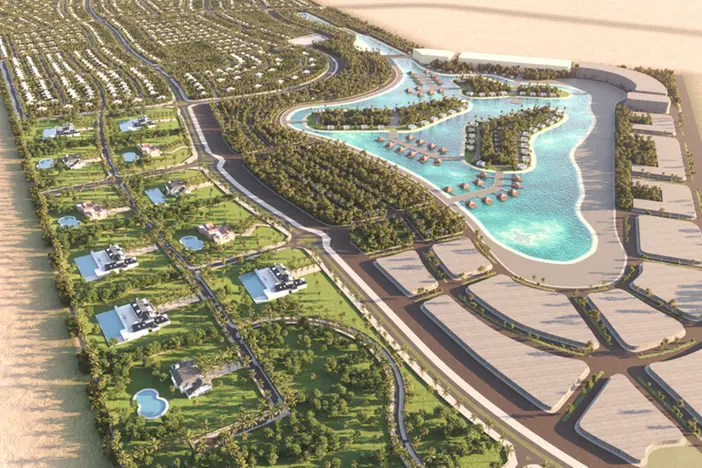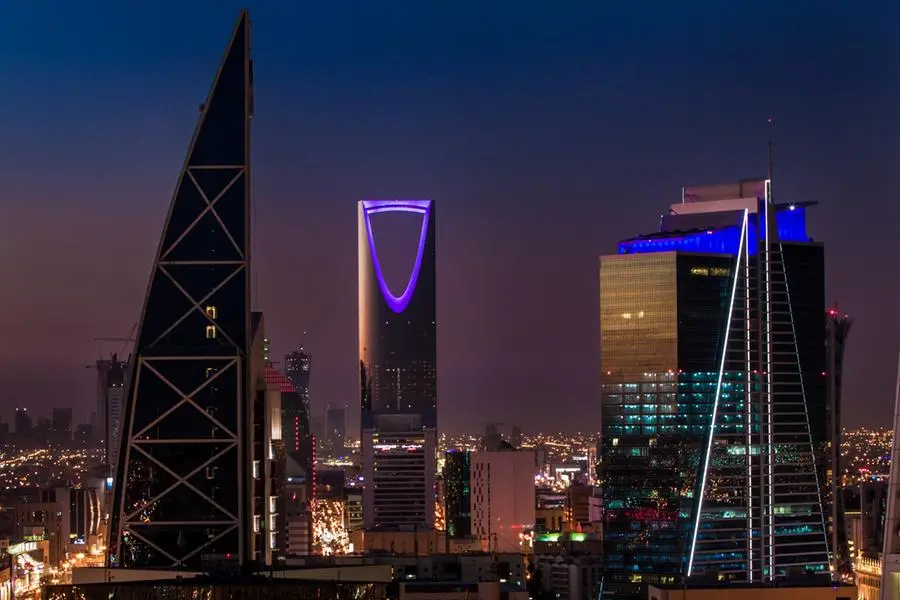PHOTO
revolving business idea Increasing energy use and CO2 emissions, share, reuse, repair, improve and recycle existing materials and products to their full potential. Image Courtesy: Getty Images
The opportunities for building a sustainable future for Africa are at least as great as the challenges, writes Christian Toben, Head of Financial Institutions for Emerging Markets at Commerzbank. Here, he discusses some of the positive initiatives that are helping to drive forward the continent’s ESG agenda and the crucial role of financial institutions in supporting Africa’s potential to step onto the global stage as a green energy hub.
According to a survey by the African Private Equity and Venture Capital Association, some 97% of respondents believe that environmental, social and governance (ESG) principles are a key consideration when making decisions on investments. ESG, it seems, is now as important in developing Africa as it is in mature markets such as Europe and North America.
In some respects, this is no surprise. Climate change threatens many African regions, giving those countries a strong incentive to embrace ESG initiatives. However, social and governance (S&G) concerns persist as barriers to investing across Africa remain, creating uncertainty about the ability to fully realise Africa’s ESG potential. Here, ESG-incentivised global financial institutions (FIs) can play a crucial role in bridging the financing gap for emerging markets and help to push the ESG agenda forward.
Navigating the complexities of ESG standards
Yet challenges exist, not least in navigating the complexities of ESG reporting in emerging markets. There were over 600 ESG reporting standards globally, with legislative developments continuing at a rapid pace. Businesses in advanced economies have been complying with ESG policies for many years, but emerging markets are less familiar with the processes associated with certain regulations. ESG standards are not uniform across African markets by any means – many businesses carefully monitor their ESG data internally – but the lack of standardisation means that published ESG disclosures aren’t readily available to investors, thus deterring much-needed investment. Efforts are being made to standardise ESG-related disclosures and legislation but as things stand, the landscape is very complicated for businesses in emerging markets to navigate.
Moreover, global ESG regulations can be somewhat mismatched with the needs of the African market. Regulations drafted in developed countries – which very much affect African businesses involved in international supply chains – often focus primarily on environmental concerns and can thus overlook the pressing S&G priorities in other regions. With Africa producing less than 4% of the world’s greenhouse gas emissions, ESG regulations that disproportionately emphasise environmentalism are ill-suited to most effectively tackling African ESG needs. In fact, the EU’s sustainable textiles strategy has been criticised by civil society advocates for failing to address human rights issues in the supply chain. Given this, a “one size fits all” regulatory policy is inadequate for dealing with the diverse circumstances found across Africa – and indeed the globe – making flexibility essential.
Meanwhile, countries in the region are making significant headway regarding their own goals and initiatives. Egypt is one such example. The Central Bank of Egypt and the Financial Regulatory Authority have issued joint guidelines about sustainable finance and enacted policies that enforce companies listed on The Egyptian Exchange to disclose their impact on the climate. Additionally, the Egyptian government is pushing the ESG agenda nationally by promoting the unification of African markets’ sustainability policies, including encouraging the creation of an EU-style taxonomy across the continent.
Seizing globalisation and supply chain opportunities
The opportunities within Africa to leverage the ESG landscape are plentiful. For instance, the International Renewable Energy Agency and the African Development Bank (AfDB) estimate that the continent has some of the world’s highest potential for harnessing solar energy – both intra- and inter-regionally.
In West Africa, Nigeria is pursuing solar power projects to help solve the country’s chronic electricity shortage. Some 43% of Nigeria’s population does not have access to the grid and estimates suggest that a lack of consistent energy suffered by Nigerian businesses costs the economy US$26 billion annually (2% of GDP) as a result.
One of the most notable projects is the Solar Power Naija Programme. The project has made significant strides and has established hundreds of thousands of solar connections. However, the programme aims to expand energy access to 25 million individuals and in order to do that, infrastructural inadequacies across the country must be addressed. That said, positive leaps forward are being made – for instance, the August 2022 signing of a US$1.5 billion financing deal from the US Export-Import Bank, the American ECA. The 20-year loan will finance the development of new solar infrastructure and thus pave the way towards a stronger power supply for Nigeria.
Fuelling Africa’s potential to become a hub for renewable energy is the mass disruption to global supply chains and trade routes triggered by the pandemic and the conflict in Ukraine. This has caused businesses to consider moving their manufacturing bases away from more distant regions such as Southeast Asia, and closer to final-destination consumer markets. Moreover, the energy crisis resulting from Russia’s invasion of Ukraine has meant many countries are experiencing uncertainty regarding energy but also fertilizer, and wheat supply security. This is prompting many to diversify their energy sources and, at the same time, take the opportunity to explore new, renewable energy suppliers.
This is potentially good news for Africa – especially but not solely North Africa – thanks to the region’s proximity to the advanced, consumption-led economies of Europe and North America.
Pursuing green energy in North Africa
North Africa offers significant scope for green energy production, not only for its own citizens but also for Europe, especially countries now urgently pursuing alternatives to energy from Russia. Across the region, projects are already taking shape.
The region’s sunnier conditions mean that solar panels in North Africa can generate up to three times more energy than in Europe. Currently, two of the largest solar farms in the world are in Noor, Morocco and Benban, Egypt. And while the initial purpose of these renewable energy projects was to enhance domestic energy capacity and encourage a transition away from hydrocarbons in Africa, they have since attracted the interest of European countries looking for clean energy supplies.
Morocco has made one of the most significant progress in this respect, having already begun exporting energy to Europe through its power links with Spain. There is significant potential in Morocco to produce renewable energy given its unique geography. Not only is it one of the sunniest countries in the world, but its strong onshore winds from the Atlantic Ocean make it a potential leader for harnessing wind energy.
The Moroccan government signed a Green Partnership deal with the EU in October 2022, further illustrating the nation’s prominent role in the pursuit of global green energy solutions. Currently, one of Morocco’s largest projects aims to forge an energy link to the Southwest of the UK by building 2,300 miles of submarine cables. Energy startup, Xlinks aims to utilise energy farms in the desert to provide the UK with 8% of its electricity while also creating thousands of jobs. In recognition of the Morocco’s growing importance in the energy sector, Commerzbank is about to open a new Rep. Office in Casablanca to support the burgeoning opportunities for its clients. This will be the 7th Representative Office of Commerzbank on the African continent.
Elsewhere, Tunisia is developing the TuNur and Elmed projects that look to export energy to Malta and Italy respectively, while Egypt is proposing several cable connections with Greece. Egypt’s government has also signed multiple agreements with international companies to develop the production of green hydrogen in the Suez Canal Economic Zone.
Meeting financing needs: the role of financial institutions
FIs have a crucial role to play in helping to ensure Africa’s renewable resources can be harnessed, with respect to providing financing solutions to tap into its resources, as well as enabling their exportation. Yet, despite the region’s green energy potential, between 2000 and 2022, just 2% of the US$2.8 trillion invested in renewable energy went to Africa. Several factors have often deterred investment, including complex and inconsistent regulations; unstable and corrupt political processes; limited access to financing and market fragmentation across the continent.
With the African Development Bank (AfDB) estimating that by 2025, US$170 billion will be required per year to support the infrastructure development needed for Africa to realise its ESG potential, this is a significant challenge for a region that has historically faced systemic barriers to investment. These include long lead times and the need for significant upfront capital, as well as transaction costs and perceived levels of both economic and political risk.
Collaboration is critical for overcoming such barriers. Governments, corporations, FIs, export credit agencies (ECAs) and multilateral development banks (MDBs) need to develop robust financing structures able to bridge the funding gap. MDBs in particular can play a pivotal role in directing green finance to emerging markets by employing innovative mechanisms to mobilise private investments, such as blended finance and guarantees. ECAs are also important for providing insurance and guarantees for exporters as well the support in making project bankable. Be it regarding the involved political and economic country risks but also when it comes to new technologies such as Hydrogen. And with cover increasingly awarded based on sustainability criteria, ESG is a necessity rather than a luxury when it comes to investing in Africa’s infrastructure.
Certainly, partnerships between regionally based and global FIs, and between FIs and MDBs and ECAs have been a growing feature of African finance. A recent example from our own books is a large renewable energy project in Angola, where Commerzbank together with German ECA Euler Hermes supported the government in its electrification programme. In May 2023, Commerzbank also acted as lead arranger for a €178 million loan to the Cote d’Ivoire’s Finance Ministry, for the construction of water-supply systems in rural areas, with the backing of Swiss and Dutch ECAs.
The African Development Bank: green bonds and sustainable growth
Meanwhile, the AfDB has been supporting sustainable projects through its Green Bond Framework. By financing sustainable infrastructure and ensuring efficient utilisation of natural resources such as water, the AfDB aims to build resilience to climate shocks while fostering economic development. One notable project financed via an AfDB green bond is Egypt’s Gabal El-Asfar Wastewater Treatment Plant (GAWWTP). The AfDB provided US$58 million in funding and the plant is now the biggest water treatment facility of its kind across Africa and the Middle East. The 2.5 million cubic metres of wastewater that pass through the plant every day can be used for irrigating farmland, generating electricity, and making organic fertilisers.
The AfDB showcased its commitment to helping countries in the region meet their Nationally Determined Contributions (NDCs) by creating the Africa NDC Hub, bringing together international partners (including other MDBs such as the Islamic Development Bank) to help finance sustainability goals in the region. The AfDB has also used its influence to create digital programs for policymakers that can serve to align national development plans with proposed sustainability legislation, including NDCs, Sustainable Development Goals (SDGs) and the African Union’s Africa Agenda 2063 sustainability strategy.
As Africa continues to embrace sustainability, it has the potential to set new standards for other regions and contribute significantly to the global sustainable development agenda. By prioritising social inclusion, good governance and environmental stewardship, African governments and businesses can not only secure a sustainable future but also foster economic growth and create a more equitable society for its people. Having said so, it should also be considered that we have to make sure that we do not step into a new era of colonialism. Most of the locally produced energy should be consumed related to the necessary African economic growth and not simply be exported in order to help Western Countries to meet their sustainability goals. The investment community sits at the heart of this transition – playing a crucial role in bridging the financing gap that currently exists in many African nations.

